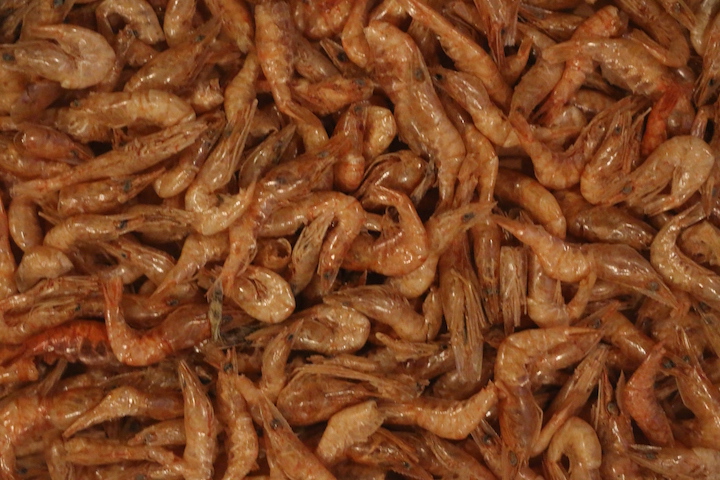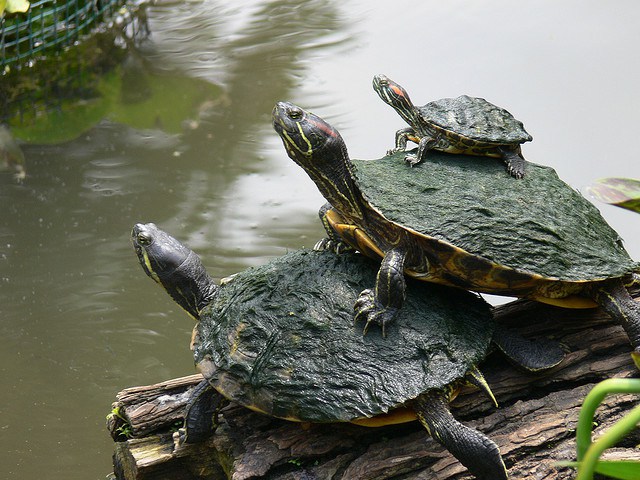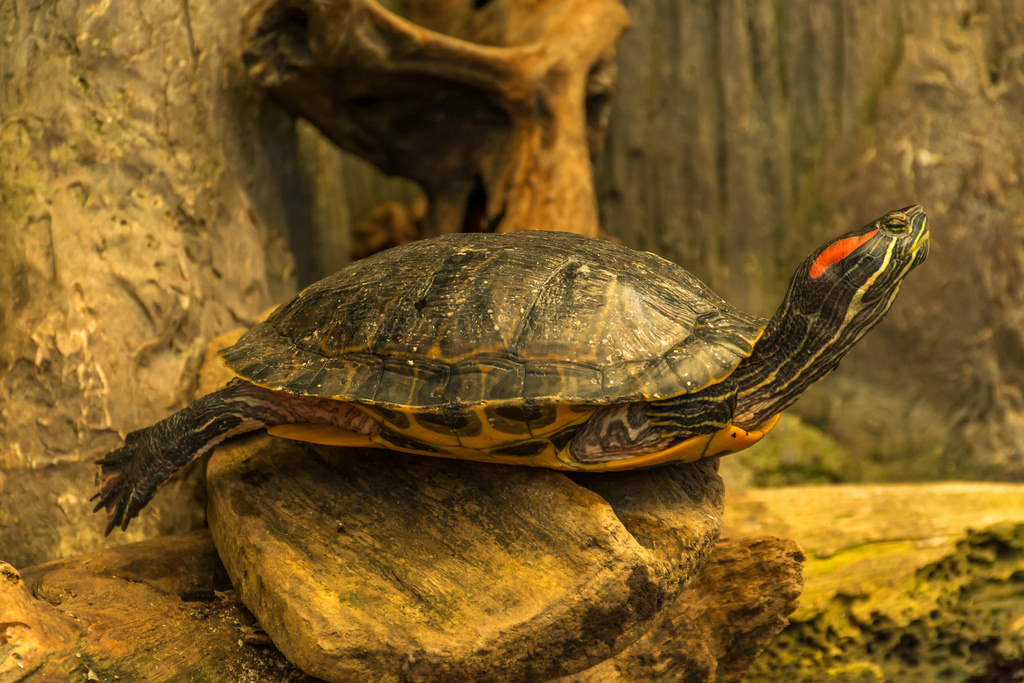HABITAT - LIGHTING
Lighting
Turtles love to sunbathe – not just to relax, but also to survive! Turtles need UVB light which can be provided by sunlight or by what’s known as a UVB lamp. A heat lamp is also a vital part of your paludarium.
UVB and heating lamps
Turtles which can sunbathe outdoors will automatically receive enough UVB light to replenish their vitamin D3 supply. However, turtles which live indoors are not exposed to sunlight. To ensure that your turtle can still produce the necessary vitamin D3, you need to add a UVB lamp to your paludarium, placing it above the island. This lamp can be a fluorescent lamp or an energy-saving lamp.
However, a UVB lamp on its own is not enough! Your turtle also needs a heating lamp, with a temperature somewhere between 30°C and 38°C. Fluorescent and low-energy light bulbs emit little or no heat and consequently cannot be used as a heating lamp.
Combination spotlight
If you find two lamps a bit too cumbersome, you can also opt for a combination spotlight as a source of heat and UVB light. The spotlight below is an example:
Where should I put my lamp?
Your lamp (or lamps) should be installed above the area of land in your paludarium, which is where your turtle will sunbathe. There should not be any glass between the lamp and the turtle, because glass blocks radiation and a UVB lamp becomes pointless! However, you must ensure that the lamp remains at a safe distance from your turtle because your turtle can be burnt! Your turtle must not be able to touch the heat lamp: ensure that there’s a distance of 20 cm between the land and the lamp.
Sleeping in the dark
In principle, your lamp mimics the sun. When the sun rises, the lamp should turn on, and vice versa at the end of the day. You don’t get up at sunrise? Don’t worry, you probably won’t be in bed at sunset either! Feel free to adjust the timing of your lamp to your own daily routine. You should be aware that your turtle’s body clock will adapt to the lamp – when the light turns off, your turtle will go to sleep. Consistency is therefore important. It’s a good idea to leave the lamp on for longer in summer than in winter, because that reflects conditions in the real world.
Which lamp should I choose?
You’ll find a whole range of lamps from different specialised shops online, along with explanations. We therefore recommend that you take a closer look at their lighting and choose your own preferred product.


